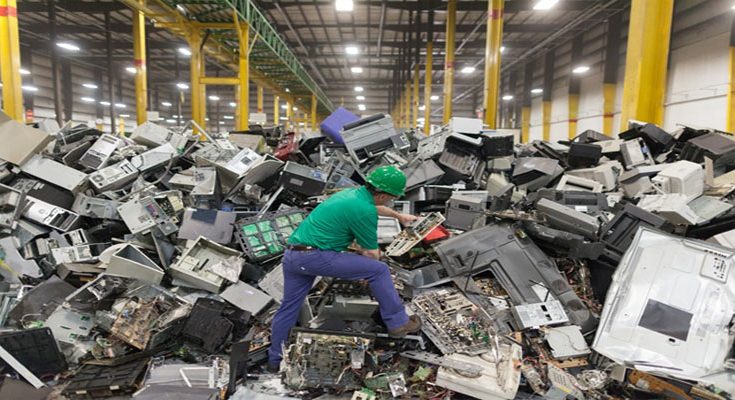When thinking about electronic waste, one’s mind may go directly to cell phones, laptops, and computers. However, it is much more than that because it includes anything with a battery or a plug. Most people outside of the electronics recycling industry may be surprised to learn what the biggest e-waste categories are and the current state of this type of waste in the US.
Categories
There are ten different types of electronic waste. The first type is major appliances such as refrigerators, air conditioners, and washing machines. The second category is small appliances, including blenders and vacuum cleaners, and the third category is telecommunication and computer appliances, which include telephones, cell phones, and computers. Consumer electronics cover musical instruments, televisions, and audio equipment, while fluorescent lights, incandescent light bulbs, and gas-discharge lamps are part of the lighting devices category.
The sixth type of e-waste is electronic and electrical tools such as table saws, leaf blowers, and power drills. Even leisure and toys, including sports equipment, electronic toys, and models, are considered e-waste. The eighth category is medical devices, which includes all medical equipment except implants. Monitoring devices make up the ninth category and consist of laboratory equipment, detectors, and thermostats, and the final category is vending machines. With such a large variety of waste that comes with a battery or a plug, it is no wonder that proper disposal can be a challenge.
Disposition
Most American households currently own almost 25 electronic devices, which is not too surprising considering they spent over $70 billion on communication and telephone equipment alone in 2019. Even after adjusting for inflation, this is almost five times more than what they spent on the same devices in 2010. As technology advances and new electronic devices become more convenient and efficient, Americans throw out the old in favor of the new and produce nearly 45 pounds of waste each year. Much of waste can end up in the regular garbage, particularly in states without laws banning this type of disposal. While some strides have been made in recycling, there is still work to be done to ensure the proper disposal or recycling of e-waste.
Any waste item with an electric plug or battery is considered e-waste, which may be something many people have not considered. There is much diversity in the categories of this type of waste, and proper disposal or recycling of these materials is still challenging.





